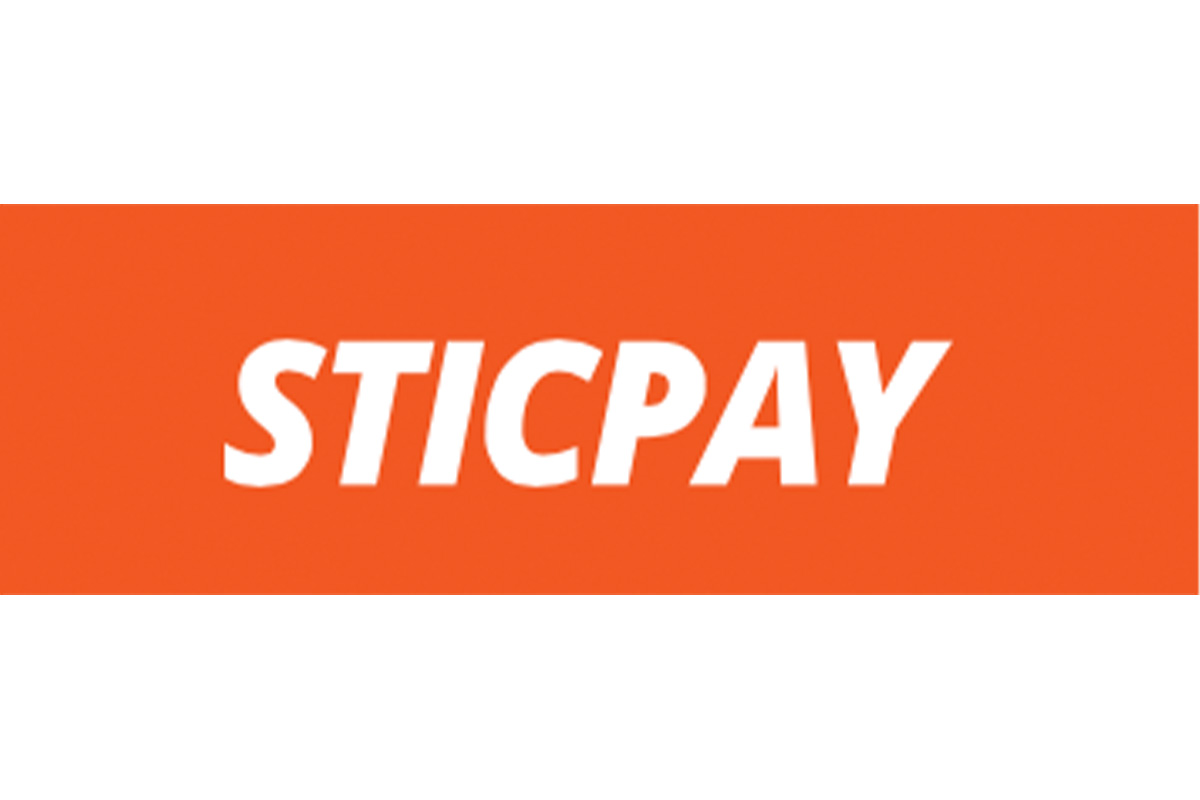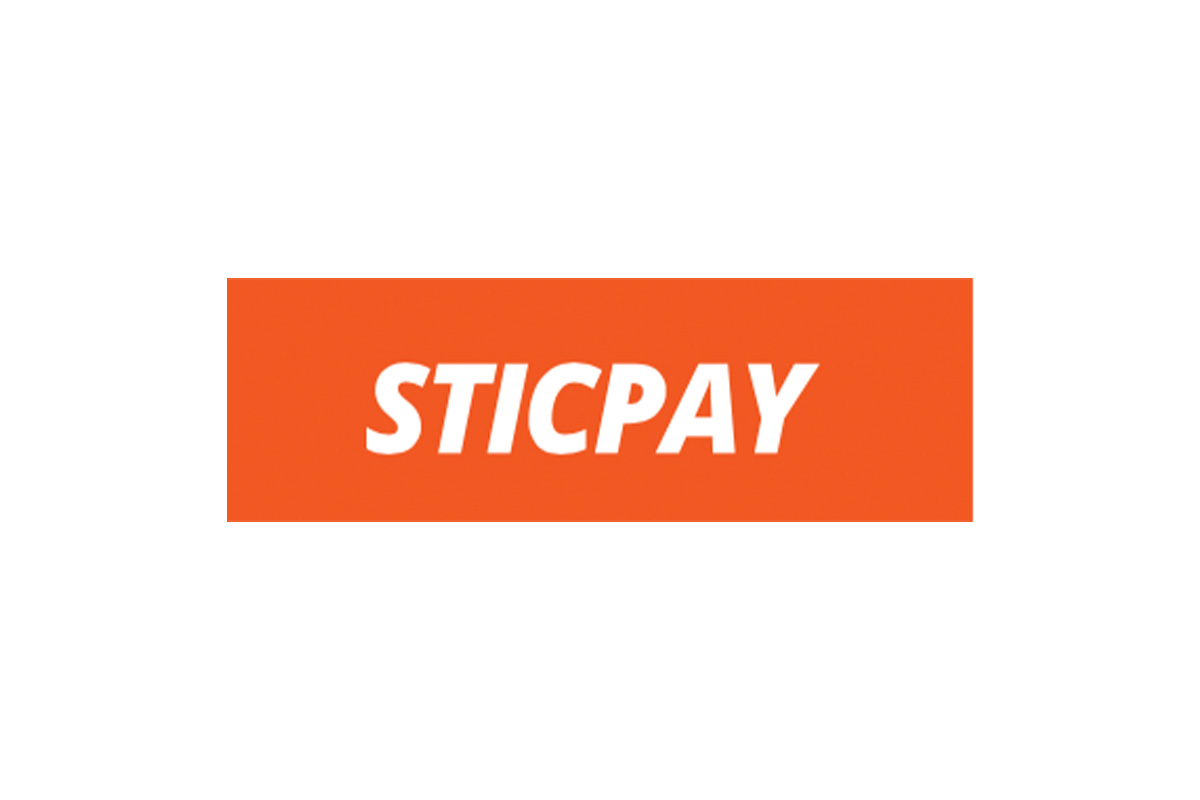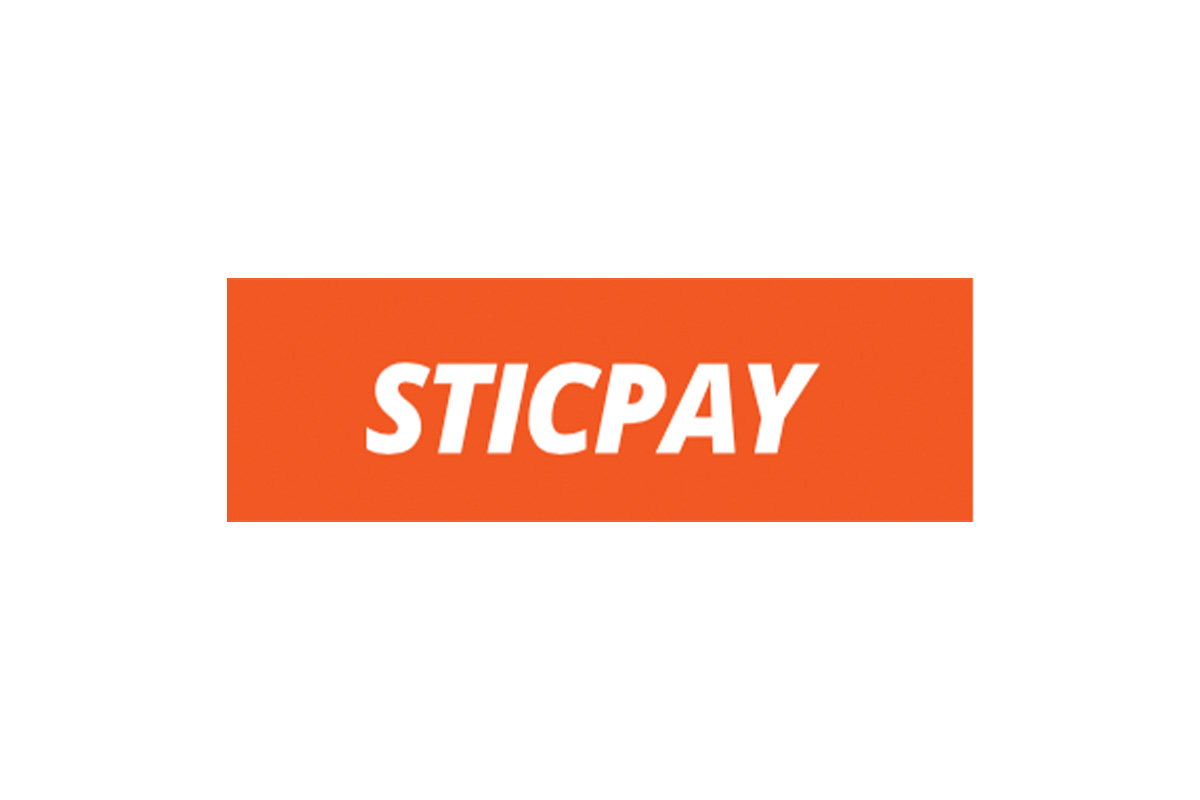Latest News
Has COVID Signalled the End for Cash?

The rise in online shopping during the pandemic delivered a corresponding decline in the use of cash. Will the COVID-effect be permanent, or will societies be reluctant to forever give up on physical currencies? Leading global e-wallet STICPAY’s Customer Service Director James Bay, thinks the use of cash is coming to end thanks to COVID.
He said: “In 2010 50% of all payments made in the UK were cash and just one in six payments were made with debit cards. By the end of 2017 debit cards were used for more than one in three payments in the UK, so the decline of cash was already being seen. However, the social distancing measures and lockdowns necessitated by the COVID pandemic, have accelerated the move to digital payment methods.
“With many physical businesses being shut for long periods of time, much of our shopping has moved online in the past 18 months, and that has inevitably led to an increase in debit/credit or digital payments. In fact, according to Link, which runs the UK’s cash machine network, the volume of ATM transactions fell 62% year on year at the start of lockdown.
“In Spain the picture was even more stark, with cash volumes dropping by up to 90% during lockdown.
“With many of us getting used to online shopping and other payment methods that don’t involve cash, it is unlikely that we will return to paying for goods with physical currency any time soon.
“Experts had predicted that we would become a cashless society in the next 10-15 years, but that move is likely to have been accelerated by COVID and the milestone could even be achieved in the next year or two.
“And it is easy to see why this would happen. Contactless or digital payments are much less likely to spread germs or viruses and they make social distancing rules much easier to maintain. As we start to reopen our economies, these measures will become even more important to allow us to continue to operate some sort of normal life.
“Small and medium sized businesses who may not have accepted digital payment solutions prior to COVID have been forced to during the pandemic and many are finding it something they prefer. As well as being more hygienic, digital payments are also much easier from an accounting point of view and anything that removes an administrative burden from a small business will always be popular.
“Not having physical cash on the premises also removes the possibility of stores being raided for the money in the till, which is something that is still a major concern for many small businesses.
“But as our finances become ever more digital, we present hackers with more opportunities to gain access to our funds. That is why choosing a payment solution that has high levels of security is vital.
“Digital money transfers also make life potentially easier for international criminal gangs wishing to launder large sums of money. Again, the payment solution and its security protocols are crucial if we want to stop the flow of illegally obtained funds.
“When using an e-wallet the user’s sensitive financial data is always protected, whether it is being used for in-store purchases via a smartphone or for online payments. E-wallets have a layer of advanced encryption that generates a random number sequence for each transaction. Even if hackers manage to intercept the customer’s transaction, they won’t be able to use the data they acquired.
“And stealing the phone used for the e-wallet won’t help the hacker either. They wouldn’t be able to log into the digital wallet account as it is protected with biometrics (face recognition, fingerprints), a PIN, or a password.
“When you consider the benefits of digital payments it is easy to see there are many reasons why they are a better option than cash. COVID may have accelerated our shift away from cash, but it is a shift that was inevitable.”
Latest News
Practical Computing: Moving Beyond AI Hype for Real-world Utility
The post Practical Computing: Moving Beyond AI Hype for Real-world Utility appeared first on HIPTHER Alerts.
Latest News
Aon completes acquisition of NFP to bring more capability to clients
– Faster-than-anticipated close contributes to accretion and free cash flow benefit realization a year earlier than modeled
– As an Aon company, NFP will operate as an independent and connected platform delivering Risk Capital and Human Capital capabilities
– Enterprise value of $13.0 billion, including $7.0 billion cash and assumed liabilities as well as $6.0 billion in equity in the form of 19.0 million Aon shares
DUBLIN, April 25, 2024 /PRNewswire/ — Aon plc (NYSE: AON), a leading global professional services firm, announced today that it has completed the acquisition of NFP, a leading middle market property and casualty broker, benefits consultant, wealth manager and retirement plan advisor, from funds affiliated with NFP’s main capital sponsor, Madison Dearborn Partners (MDP), and funds affiliated with HPS Investment Partners for an enterprise value of $13.0 billion, including $7.0 billion cash and assumed liabilities1 as well as $6.0 billion in equity in the form of 19.0 million Aon shares.
“It is a historic day for our firm as we welcome NFP to Aon and work together to help clients address increasing volatility across risk and people issues,” said Greg Case, CEO of Aon. “With high performing teams and leading content and capability – further enabled by our Aon Business Services operating platform – we will create more value for our clients, while also enhancing long-term shareholder value creation for investors. This acquisition is another example of how we are going further, faster with our 3×3 Plan to accelerate our Aon United strategy and further enhance our relevance to clients.”
The acquisition of NFP expands Aon’s presence in the large and fast-growing middle-market segment, with more than 7,700 colleagues and capabilities across property and casualty brokerage, benefits consulting, wealth management and retirement plan advisory. As an Aon company, NFP will operate as an “independent and connected” platform delivering Risk Capital and Human Capital capabilities from across Aon and will continue to be led by NFP CEO Doug Hammond, reporting into Aon President Eric Andersen.
“The idea of being ‘independent and connected’ is key to how we will collaborate and create more options for clients across our Risk Capital and Human Capital capabilities,” said Andersen. “Doug and his team have built an exceptional client-centered business and we are focused on using our Aon Business Services platform to scale delivery of new capabilities to small and middle market clients across Aon and NFP.”
“With Aon’s acquisition of NFP now complete, we are starting an exciting new chapter in our company’s history,” said Doug Hammond, CEO of NFP. “We look forward to the positive impact that our complementary expertise and capabilities will have on all stakeholders. Aon’s diverse resources and global reach enhance our ability to serve the dynamic risk, workforce, wealth management and retirement needs of our clients. We remain focused on both advancing a culture colleagues want to be part of and working together to contribute to our collective growth and success.”
The faster-than-anticipated close date contributes to expected accretion and free cash flow benefit realization a year earlier than modeled at announcement. Aon will provide further updates on NFP and deal financials, along with the firm’s financial results, guidance, and outlook during its previously scheduled earnings call on April 26, 2024.
UBS Investment Bank served as the exclusive financial advisor to Aon on the transaction. Citi served as a financial advisor and is advising Aon on the transaction financing. Cravath, Swaine & Moore LLP and McDermott Will & Emery LLP acted as external legal counsel to Aon. Evercore acted as lead financial advisor with support from Barclays, BofA Securities, Inc., Deutsche Bank Securities Inc., Jefferies LLC and TD Securities to NFP. Skadden, Arps, Slate, Meagher & Flom LLP and Ropes & Gray LLP acted as external legal counsel to NFP, and Paul, Weiss, Rifkind, Wharton & Garrison LLP acted as external legal counsel to NFP’s capital sponsors.
About Aon
Aon plc (NYSE: AON) exists to shape decisions for the better — to protect and enrich the lives of people around the world. Through actionable analytic insight, globally integrated Risk Capital and Human Capital expertise, and locally relevant solutions, our colleagues provide clients in over 120 countries and sovereignties with the clarity and confidence to make better risk and people decisions that help protect and grow their businesses.
Follow Aon on LinkedIn, X, Facebook and Instagram. Stay up-to-date by visiting Aon’s newsroom and sign up for news alerts here.
About NFP
NFP, an Aon company, is an organization of consultative advisors and problem solvers helping companies and individuals address their most significant risk, workforce, wealth management and retirement challenges. We are more than 7,700 colleagues in the US, Puerto Rico, Canada, UK and Ireland serving a diversity of clients, industries and communities. Our global capabilities, specialized expertise and customized solutions span property and casualty insurance, benefits, wealth management and retirement plan advisory. Together, we put people first, prioritize partnerships and continuously advance a culture we’re proud of. Visit https://www.nfp.com/ to learn more.
About Madison Dearborn Partners
Madison Dearborn Partners, LLC is a leading private equity investment firm based in Chicago. Since MDP’s formation in 1992, the firm has raised aggregate capital of more than $31 billion and has completed over 160 platform investments. MDP invests across four dedicated industry verticals, including basic industries; financial services; health care; and technology & government. For more information, please visit www.mdcp.com.
About HPS Investment Partners
HPS Investment Partners, LLC is a leading global, credit-focused alternative investment firm that seeks to provide creative capital solutions and generate attractive risk-adjusted returns for our clients. We manage various strategies across the capital structure, including privately negotiated senior debt; privately negotiated junior capital solutions in debt, preferred and equity formats; liquid credit including syndicated leveraged loans, collateralized loan obligations and high yield bonds; asset-based finance and real estate. The scale and breadth of our platform offers the flexibility to invest in companies large and small, through standard or customized solutions. At our core, we share a common thread of intellectual rigor and discipline that enables us to create value for our clients, who have entrusted us with $111 billion of assets under management as of February 2024. For more information, please visit www.hpspartners.com.
Investor Contact
Aon
Leslie Follmer
+1 847 442 0622
[email protected]
Media Contacts
Aon
[email protected]
Toll-free (U.S., Canada and Puerto Rico): +1 833 751 8114
International: +1 312 381 3024
NFP
Josh Wozman
[email protected]
415.318.6441
Safe Harbor Statement
This communication contains certain statements related to future results, or states Aon’s intentions, beliefs and expectations or predictions for the future, all of which are forward-looking statements as that term is defined in the Private Securities Litigation Reform Act of 1995. These forward-looking statements are subject to certain risks and uncertainties that could cause actual results to differ materially from either historical or anticipated results depending on a variety of factors. These forward-looking statements include information about possible or assumed future results of Aon’s operations. All statements, other than statements of historical facts, that address activities, events or developments that Aon expects or anticipates may occur in the future, including, without limitation, statements about the benefits of the acquisition, including future financial and operating results and synergies, Aon’s, NFP’s and the combined firm’s plans, objectives, expectations and intentions are forward-looking statements. Also, when Aon uses words such as “anticipate”, “believe”, “continue”, “could”, “estimate”, “expect”, “forecast”, “intend”, “looking forward”, “may”, “might”, “plan”, “potential”, “opportunity”, “commit”, “probably”, “project”, “should”, “will”, “would” or similar expressions, it is making forward-looking statements.
The following factors, among others, could cause actual results to differ materially from those set forth in or anticipated by the forward looking statements: adverse effects on the market price of Aon’s securities and on Aon’s operating results for any reason, the failure to realize the expected benefits of the acquisition (including anticipated revenue and growth synergies), the failure to effectively integrate the combined companies, changes in global, political, economic, business, competitive, market and regulatory forces, future exchange and interest rates, changes in tax laws, regulations, rates and policies, future business acquisitions or disposals, significant transaction and integration costs or difficulties in connection with the acquisition and/or unknown or inestimable liabilities, potential litigation associated with the acquisition, the potential impact of the consummation of the acquisition on relationships, including with suppliers, customers, employees and regulators, and general economic, business and political conditions (including any epidemic, pandemic or disease outbreak) that affect the combined companies.
Any or all of Aon’s forward-looking statements may turn out to be inaccurate, and there are no guarantees about Aon’s performance. The factors identified above are not exhaustive. Aon and its subsidiaries operate in a dynamic business environment in which new risks may emerge frequently. Accordingly, you should not place undue reliance on forward-looking statements, which speak only as of the dates on which they are made. In addition, results for prior periods are not necessarily indicative of results that may be expected for any future period. Further information concerning Aon and its businesses, including factors that potentially could materially affect Aon’s financial results, is contained in Aon’s filings with the SEC. See Aon’s Annual Report on Form 10-K for the year ended December 31, 2023, and additional documents filed by Aon with the SEC for a further discussion of these and other risks and uncertainties applicable to Aon and its businesses. These factors may be revised or supplemented in subsequent reports filed with the SEC. Any forward-looking statements in this communication are based upon information available as of the date of this communication which, while believed to be true when made, may ultimately prove to be incorrect. Aon is not under, and expressly disclaims, any obligation to update or alter any forward-looking statement that it may make from time to time, whether as a result of new information, future events or otherwise.
No Offer or Solicitation
This communication is for information purposes only and is not intended to and does not constitute, or form part of, an offer, invitation or the solicitation of an offer or invitation to purchase, otherwise acquire, subscribe for, sell or otherwise dispose of any securities, or the solicitation of any vote or approval in any jurisdiction, pursuant to the proposed acquisition or otherwise, nor shall there be any sale, issuance or transfer of securities in any jurisdiction in contravention of applicable law. No offer of securities shall be made in the United States absent registration under the U.S. Securities Act or pursuant to an exemption from, or in a transaction not subject to, such registration requirements.
1 Total amount of cash consideration based on estimates of acquired cash.
Logo – https://mma.prnewswire.com/media/1632623/Aon_Logo.jpg
![]() View original content:https://www.prnewswire.co.uk/news-releases/aon-completes-acquisition-of-nfp-to-bring-more-capability-to-clients-302127970.html
View original content:https://www.prnewswire.co.uk/news-releases/aon-completes-acquisition-of-nfp-to-bring-more-capability-to-clients-302127970.html

Latest News
Nasdaq’s revenue beats on strong demand for fintech products
The post Nasdaq’s revenue beats on strong demand for fintech products appeared first on HIPTHER Alerts.
-

 Fintech7 days ago
Fintech7 days agoHow to identify authenticity in crypto influencer channels
-
Latest News6 days ago
HSBC-backed fintech Monese is considering splitting its operations as it grapples with increasing losses.
-
Latest News6 days ago
EverBank has announced a groundbreaking partnership with Finzly, poised to revolutionize payment processing.
-
Latest News6 days ago
FinTech leaders express caution regarding the promises made in #Budget2024 concerning open banking, stating that the “devil is in the details.”
-
Latest News6 days ago
Gotion High-tech’s operating profit up 391% in 2023, nearly RMB 2.8 billion invested in R&D for the year
-
Latest News5 days ago
Aurionpro Solutions acquires Arya.ai, to power next generation Enterprise AI platforms for Financial Institutions
-
Latest News6 days ago
Wells Fargo, a leading financial institution, is set to revolutionize its trade finance operations by incorporating artificial intelligence (AI) technology through its collaboration with TradeSun.
-
Latest News6 days ago
Latvian Fintech inGain Raises €650,000 for No-Code SaaS Loan Management System











